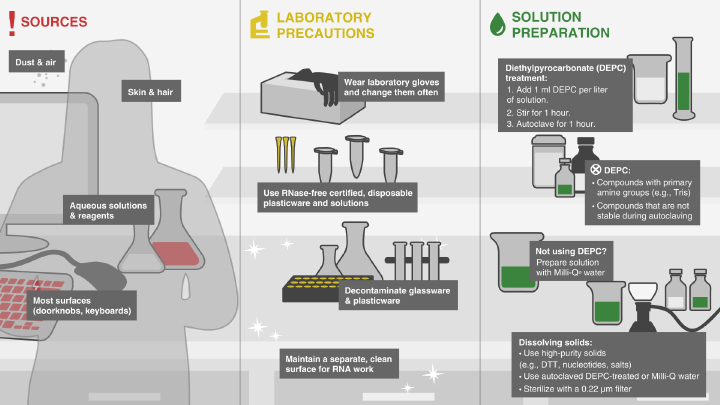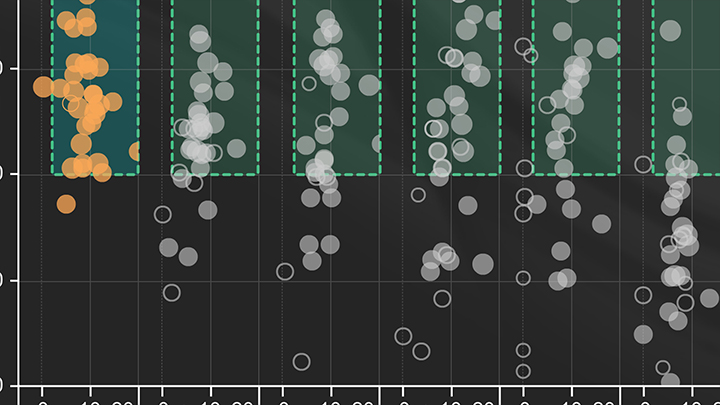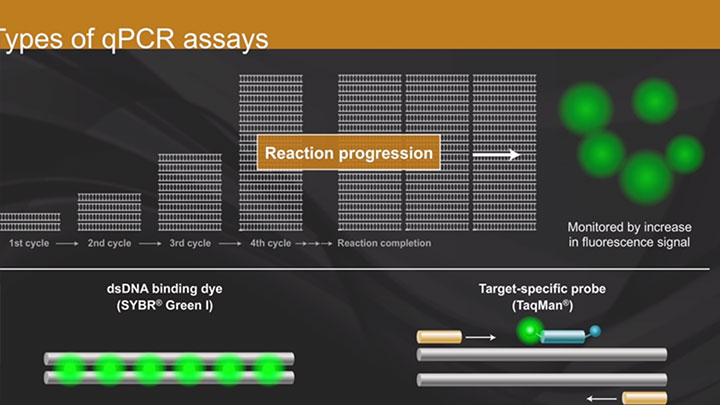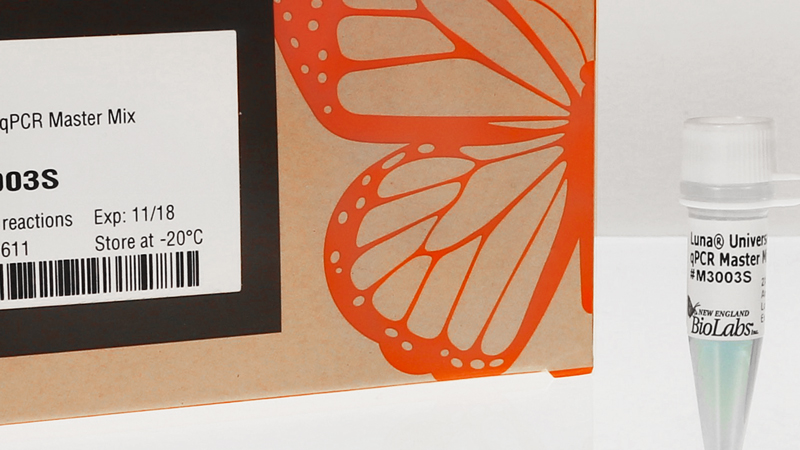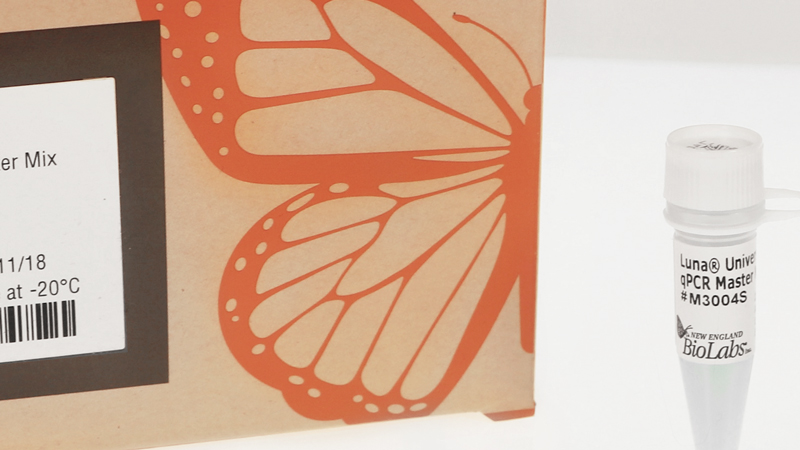Luna® Universal One-Step RT-qPCR Kit
Product information| Code | Name | Size | Quantity | Price | |
|---|---|---|---|---|---|
E3005G_SAMPLE |
Luna Universal One-Step RT-qPCR Kit |
Sample | - | Unavailable in your region | |
E3005S |
Luna Universal One-Step RT-qPCR Kit |
200 rxns | - | Unavailable in your region | |
E3005L |
Luna Universal One-Step RT-qPCR Kit |
500 rxns | - | Unavailable in your region | |
E3005X |
Luna Universal One-Step RT-qPCR Kit |
1000 rxns | - | Unavailable in your region | |
E3005E |
Luna Universal One-Step RT-qPCR Kit |
2500 rxns | - | Unavailable in your region |
